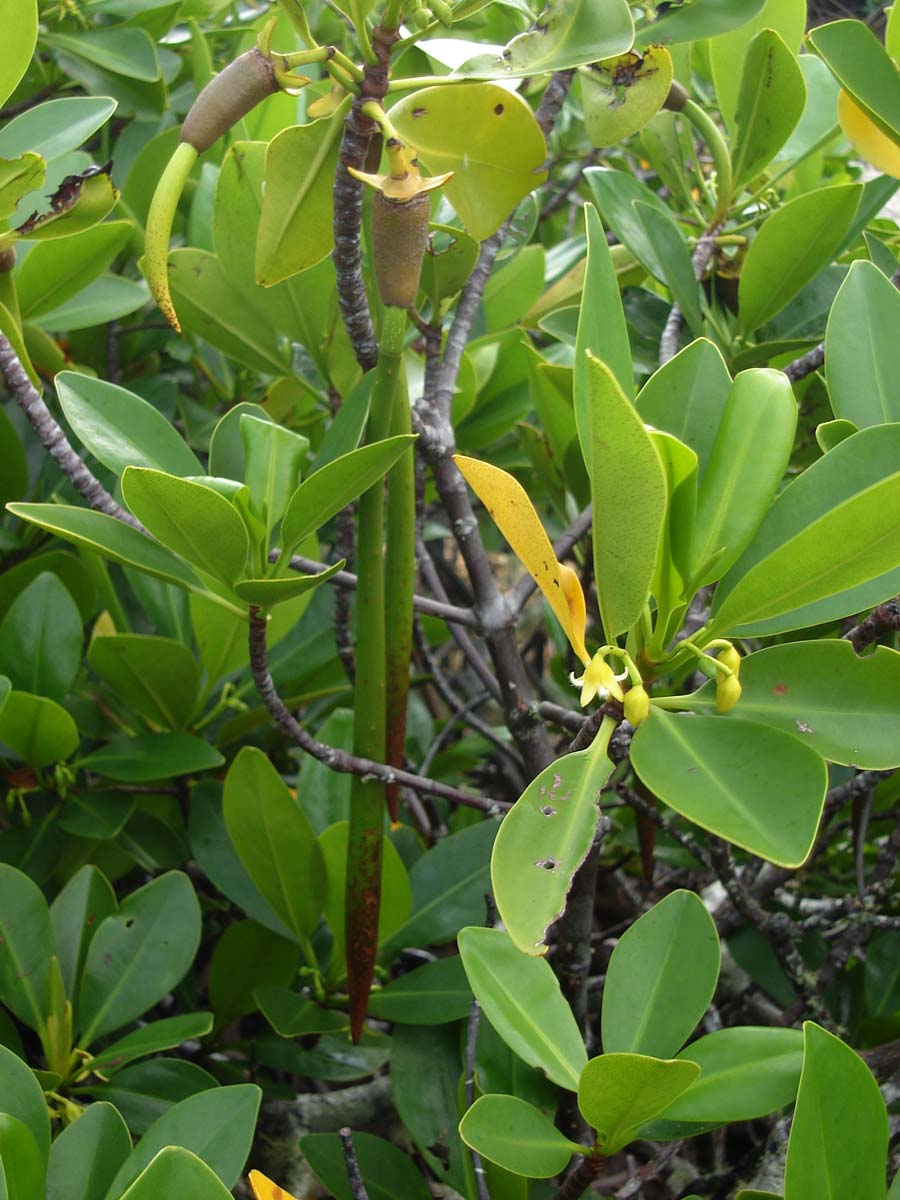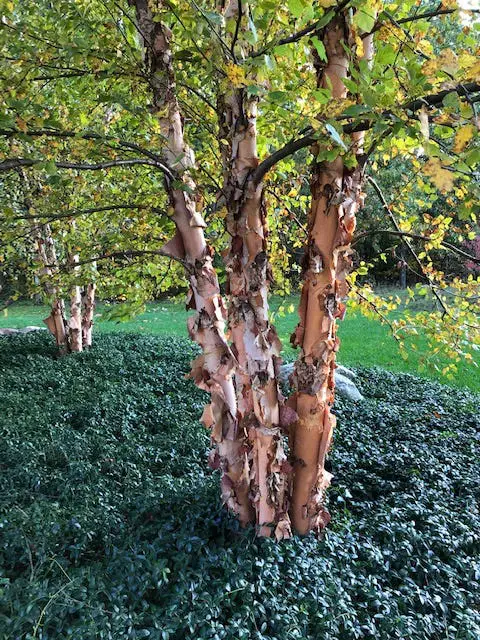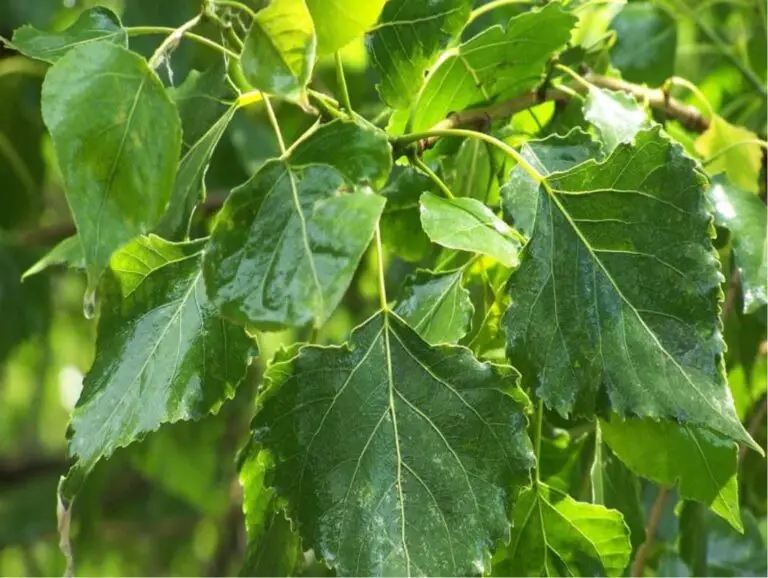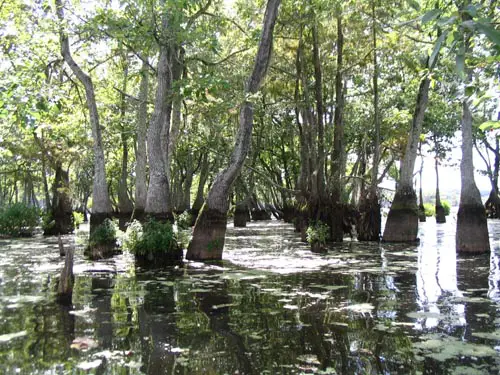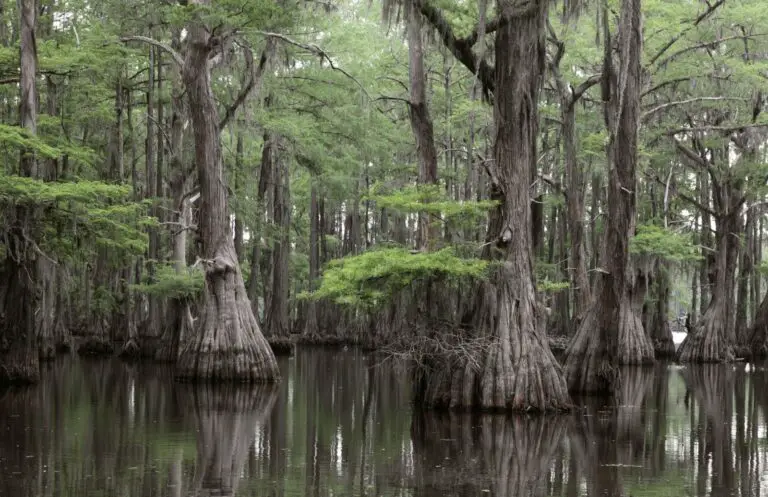Bridging Land and Sea: Cultivating the Enchantment of Mangroves (Rhizophora spp.) for Gardening Enthusiasts
There are few plants that embody the mystical and practical aspects of gardening quite like the mangroves belonging to the Rhizophora genus. Known for their aerial roots, they stand at the intersection of land and sea, creating intricate ecosystems renowned for their biodiversity and resilience. For gardening enthusiasts, the challenge and reward of cultivating these unique trees are both immense and profoundly gratifying.

In this extensive guide, we will explore the multifaceted appeal of mangroves, their vital role in the environment, and how you, as a gardening enthusiast, can foster these wonders in your own local ecosystem. We’ll also consider the benefits of integrating mangroves into your garden, ranging from their aesthetic charm to their capacity for reducing stress.
Understanding Mangroves (Rhizophora spp.)
Before we can cultivate them, understanding the nature and specific needs of mangroves is crucial. Rhizophora spp., the red mangroves, are emblematic of this environment, with their distinct prop roots and viviparous seedlings that germinate on the parent tree before falling to the earth. These trees have evolved to thrive in the challenging habitat where salt water and land meet, with adaptations that allow them to filter salt out of the water and tolerate both flooding and anoxic sediments.
The Morphology of a Mangrove
Rhizophora spp. is characterized by its dark green, leathery leaves, and a unique reproductive strategy. They develop propagules—seeds that germinate while still attached to the parent tree—and once released, these seeds can float in water until they find a suitable place to take root.
Habits and Habitats
Mangroves are common sights in estuarine environments, where tides bring in brackish water, serving as a transition zone between the ocean and the land. The thickets they form provide critical habitat for fish, birds, and other marine life, playing a vital role in the health of coastal ecosystems.
Cultivation Guidelines for Gardening Enthusiasts
Mangroves can be a challenging plant to grow outside of their natural habitat, but with the right approach, it is possible to bring a touch of coastal charm to more temperate gardens.
Soil and Planting
The soil requirements for mangroves are stringent. They thrive in soils that are rich in organic matter but which are also well-drained. Gardening enthusiasts should prepare a loose, sandy soil mixed with compost to mimic the conditions of coastal swamps. When planting, ensure the propagules are not buried but rather set upright on the soil surface, where they will take root and stabilize.
Watering and Humidity
Mangroves need copious amounts of water, both in frequency and volume, especially when establishing young plants. Throughout their life, the soil needs to remain saturated but not waterlogged.
Maintenance
Once established, mangroves require little pruning or direct maintenance. However, regular mulching and feeding with a balanced fertilizer can ensure a healthy and vibrant tree.
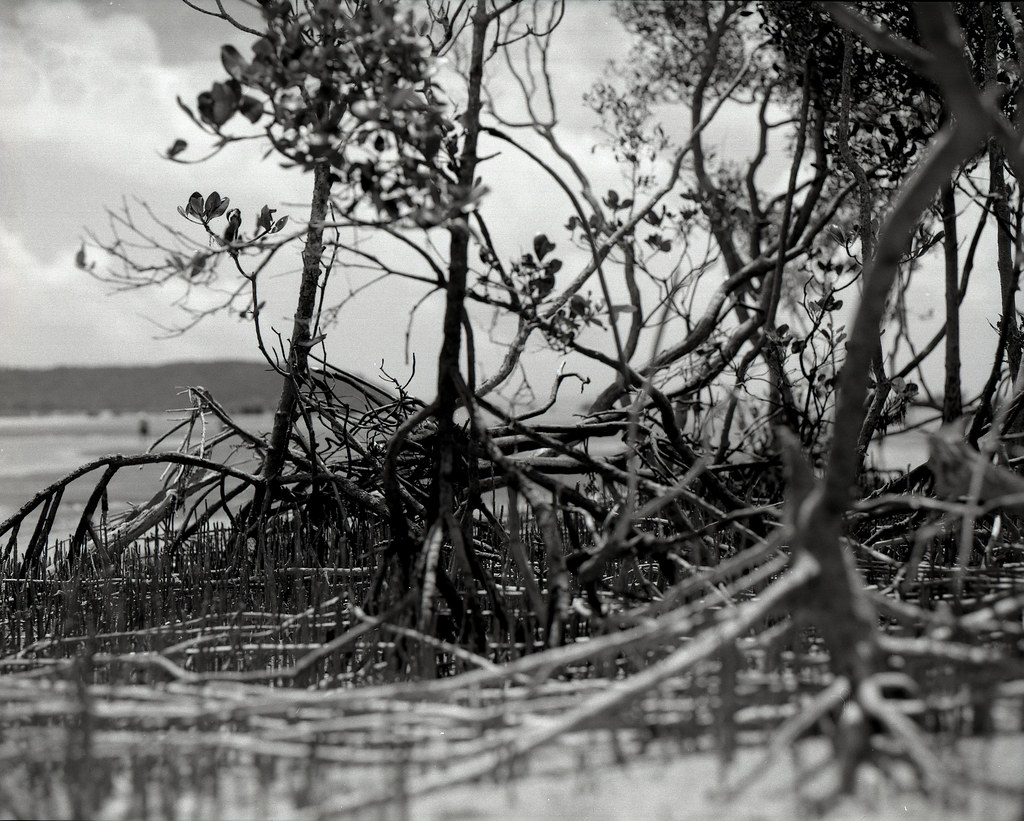
Benefits of Growing Mangroves
The act of gardening itself can be deeply rewarding, but growing mangroves offers unique benefits that go beyond the personal satisfaction of cultivation.
Aesthetic Appeal
The exotic form and fascinating aerial roots of the Rhizophora spp. mangroves make them an enchanting addition to any garden. They provide a distinctive silhouetted outline and a dynamic aspect, as their prop roots extend outwards.
Biodiversity and Ecosystem Services
Mangroves attract an array of wildlife, from iconic coastal birds such as the pelican to juvenile marine creatures that spend their early days among the roots. By providing shelter and food sources, your mangroves can become a linchpin in a complex, vibrant ecosystem.
Stress Reduction and Mental Health
The unique connection to nature and the contemplative mindset fostered by the act of gardening are amplified when growing these special trees. There is a calming effect that comes from nurturing a species so tied to the tranquility of coastlines.
Conclusion
The allure of mangroves for gardening enthusiasts is profound. Their unique place in the natural world, coupled with the beauty they bring, creates an enchantment that is hard to resist. By daring to bridge the gap between the traditional garden and the coastal eden, we not only enrich our own horticultural practices but also contribute to the preservation of a vital ecosystem.
Whether you have an expansive coastal garden or a petite urban oasis, incorporating mangroves into your gardening repertoire is a step towards a deeper appreciation of the interconnectedness of all living things. It’s an ode to the delicate balance of life found at the water’s edge—a narrative you can bring to life right in your backyard.
For the gardening enthusiast inspired by the majesty of coastal flora, the red mangrove beckons—a tree that is more than a plant, but a living testament to the power and poetry of nature. Will you answer its call and cultivate a piece of this coastal serenity in your garden? The mangroves wait, their perpetual dance between land and sea a timeless expression of life itself.
